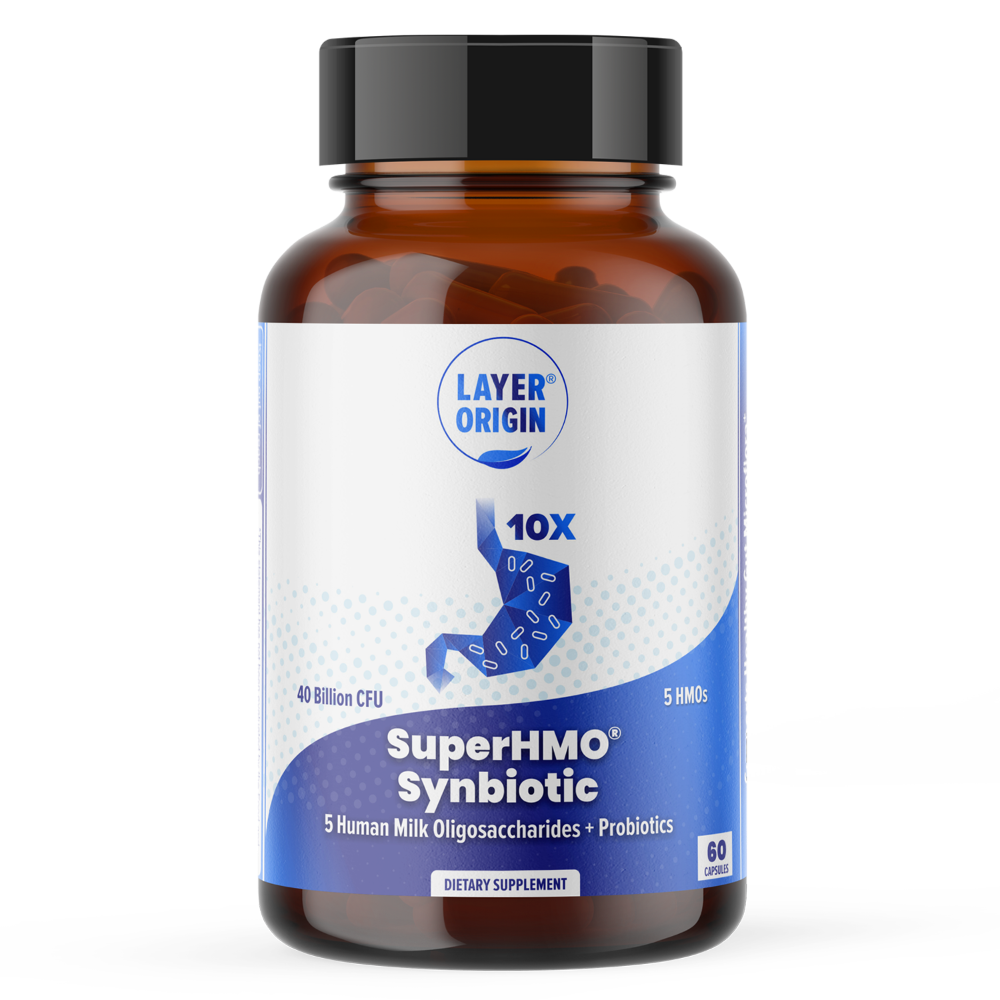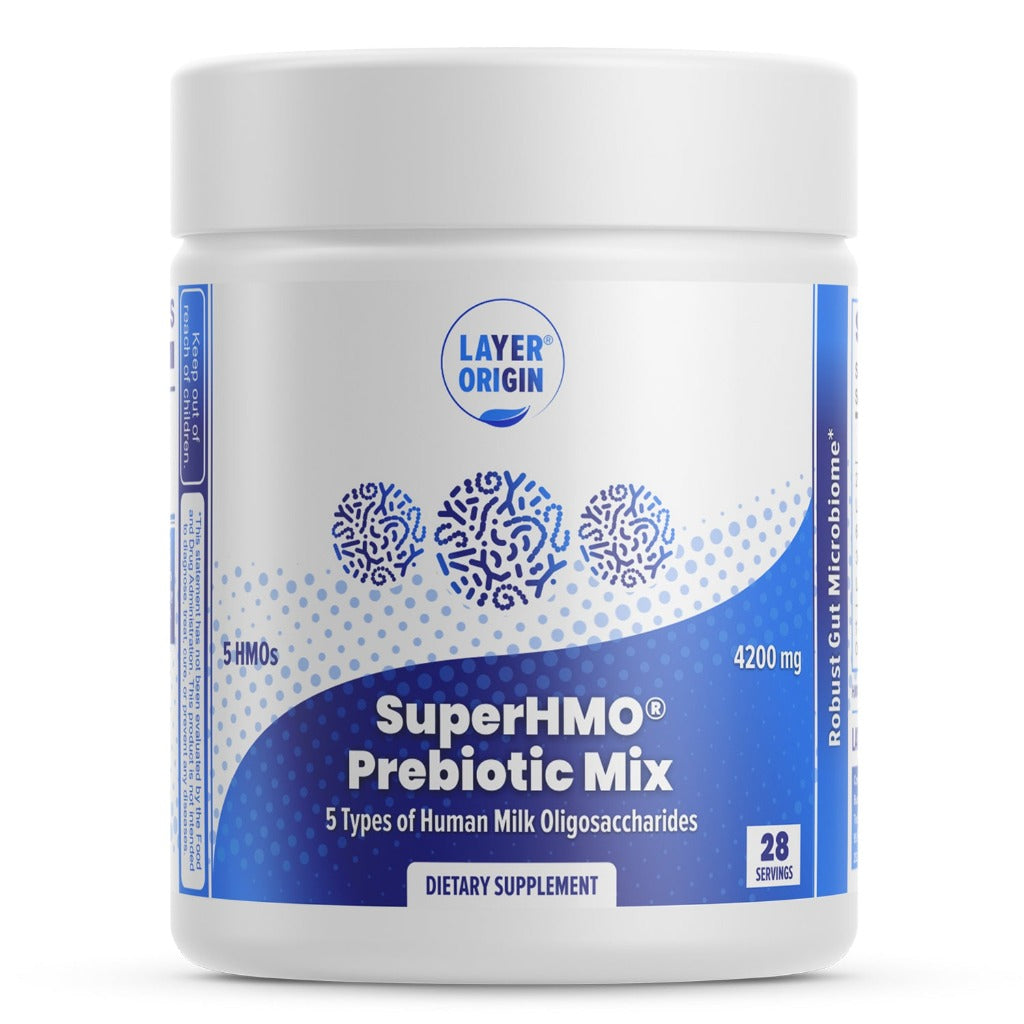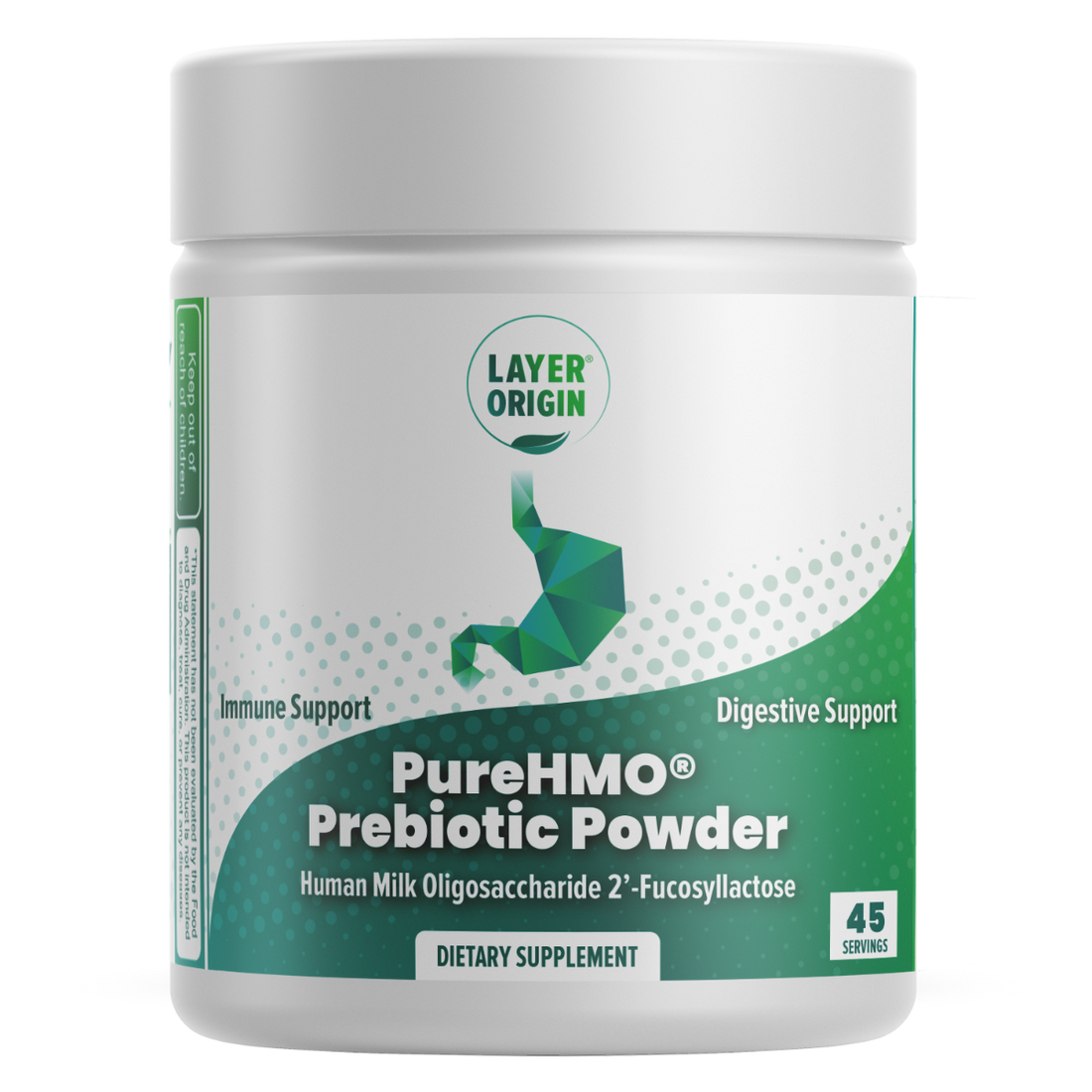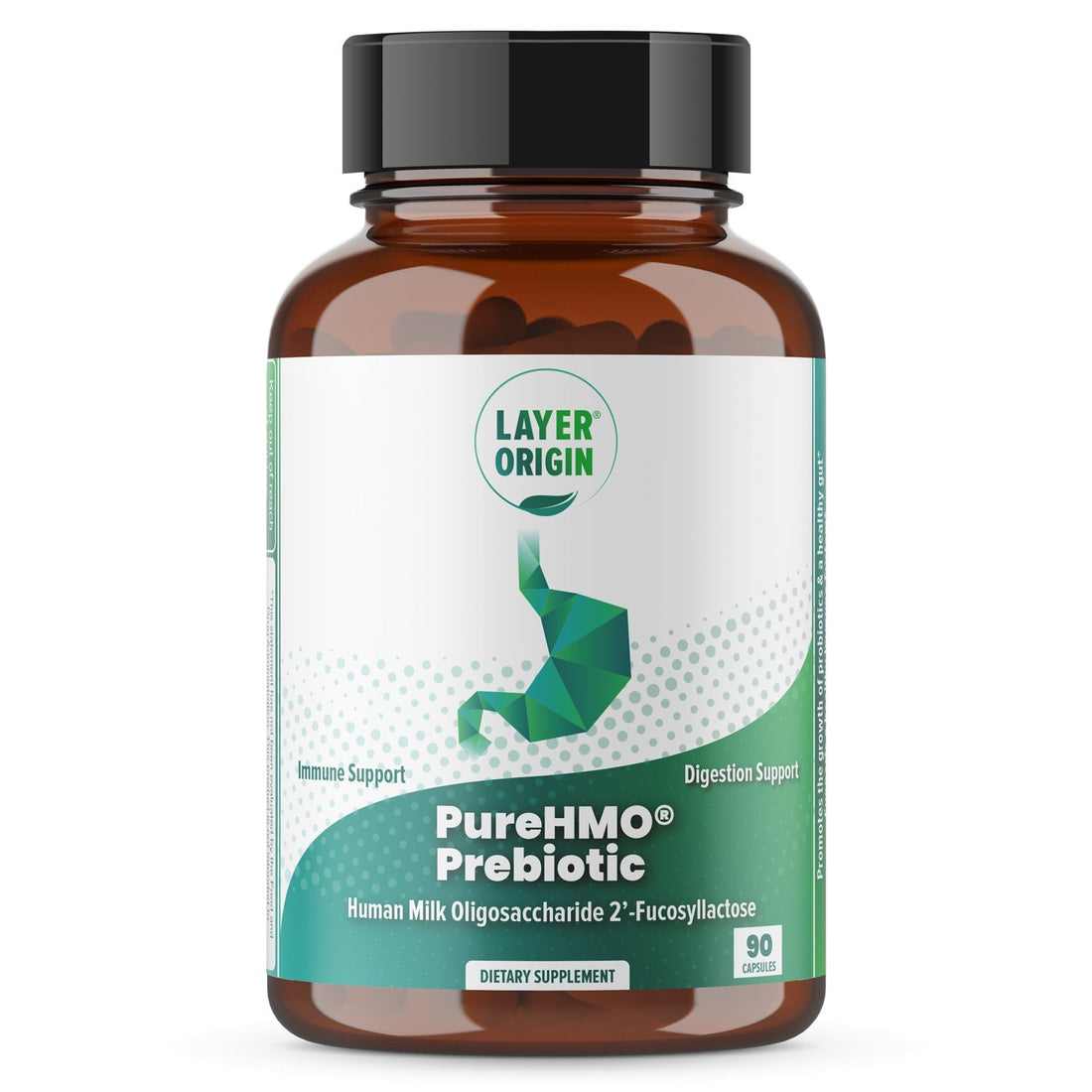Prebiotics and probiotics are two types of dietary supplements that are often used to promote gut health, but they have different functions and mechanisms of action.
Probiotics are live bacteria and yeasts that are similar to the beneficial microorganisms found in the human gut. They are commonly found in fermented foods like yogurt, kefir, sauerkraut, and kimchi, as well as in dietary supplements. When consumed, probiotics can help to restore the natural balance of the gut microbiome, enhance nutrient absorption, and support immune function.
Here are some examples of probiotics:
- Lactobacillus acidophilus: This is a type of bacteria commonly found in the human gut and in fermented foods like yogurt and kefir. It can help to improve gut health and support immune function.
- Bifidobacterium bifidum: This is another type of bacteria that is commonly found in the human gut and in fermented foods. It can help to improve digestive health and support immune function.
- Saccharomyces boulardii: This is a type of yeast that is used as a probiotic. It can help to prevent diarrhea and other digestive issues.
- Streptococcus thermophilus: This is a type of bacteria that is commonly used in the production of yogurt and other fermented dairy products. It can help to improve digestive health and support immune function.
- Lactobacillus rhamnosus: This is a type of bacteria that is commonly found in the human gut and in fermented foods like yogurt and kefir. It can help to improve gut health and support immune function.
- Bifidobacterium lactis: This is another type of bacteria commonly found in the human gut and in fermented foods. It can help to improve digestive health and support immune function.
Prebiotics, on the other hand, are non-digestible fibers and complex carbohydrates that are found in a variety of plant-based foods. They serve as food for the beneficial bacteria in the gut, promoting their growth and activity. Some examples of prebiotic foods include garlic, onions, asparagus, bananas, oats, and legumes.
Galactooligosaccharides (GOS) and human milk oligosaccharides (HMO) are also examples of prebiotics. GOS are found naturally in legumes, and some grains, while HMO are unique to human breast milk. They are both non-digestible fibers that promote the growth of beneficial bacteria in the gut.
Other examples of prebiotics include:
- Inulin: Inulin is a type of soluble fiber found in many plant-based foods, including chicory root, Jerusalem artichokes, and dandelion greens.
- Fructooligosaccharides (FOS): FOS are naturally occurring prebiotics found in many fruits and vegetables, including bananas, onions, and asparagus.
- Resistant starch: Resistant starch is a type of carbohydrate that is resistant to digestion in the small intestine and passes through to the large intestine, where it can be fermented by beneficial bacteria. Resistant starch is found in foods such as beans, lentils, green bananas, and cooked and cooled potatoes.
- Beta-glucans: Beta-glucans are a type of soluble fiber found in oats, barley, and mushrooms, among other foods.
Consuming a variety of prebiotic-rich foods can help to support the growth of beneficial bacteria in the gut and promote overall gut health.
While probiotics are living microorganisms that provide direct health benefits, prebiotics act as a "fertilizer" for the good bacteria in the gut, helping to support their growth and activity. Both probiotics and prebiotics can be beneficial for gut health, and they can be consumed separately or together as synbiotics.
Reference:
- Gibson GR, Hutkins R, Sanders ME, et al. Expert consensus document: The International Scientific Association for Probiotics and Prebiotics (ISAPP) consensus statement on the definition and scope of prebiotics. Nat Rev Gastroenterol Hepatol. 2017;14(8):491-502.








